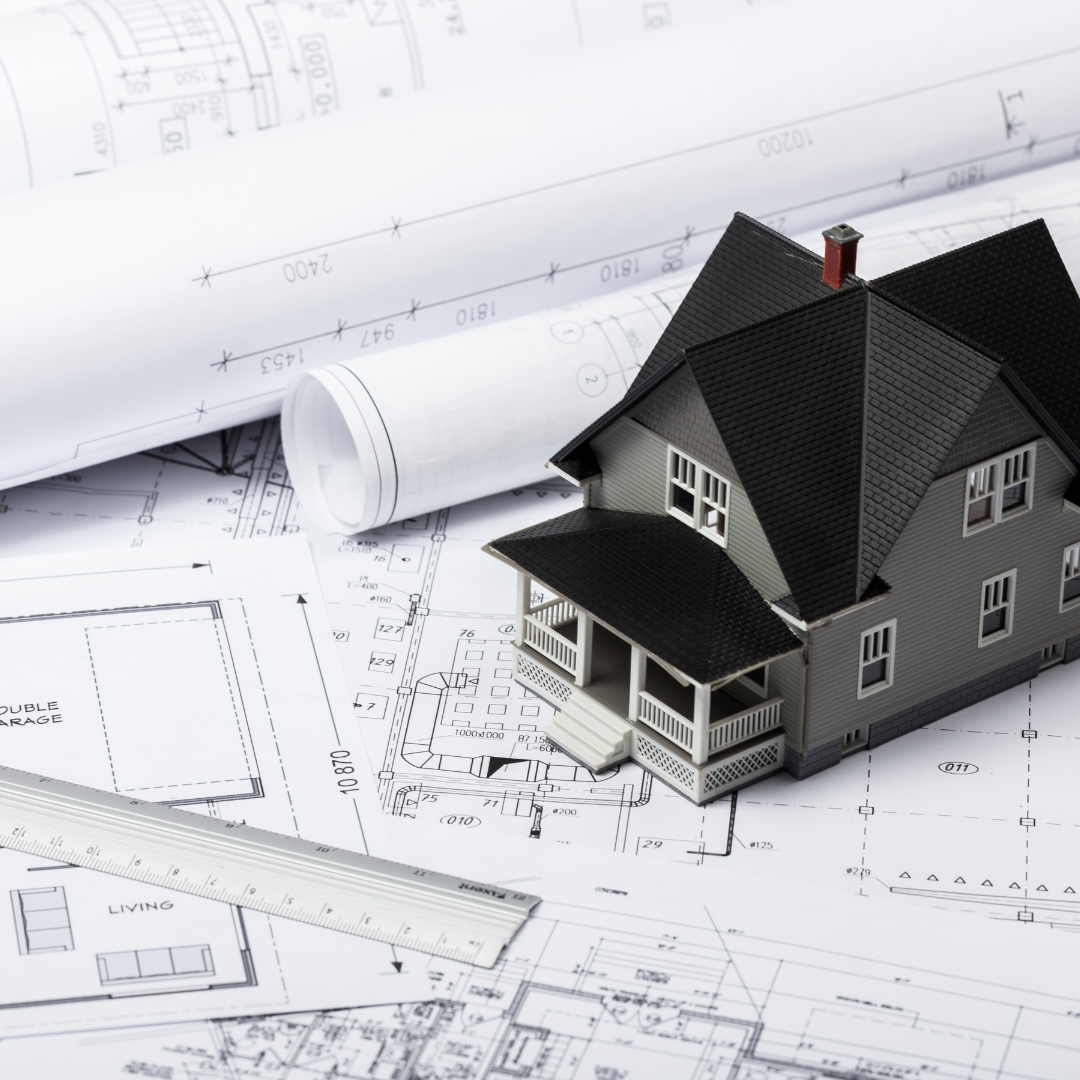Building a home is a tasking yet rewarding process that can be faced with some challenges and bottlenecks. This is not an emerging phenomenon as construction experts have been dealing with many challenges and continually overcoming them to fulfill the goals of different construction projects.
Here is a guide on what potential challenges and solutions to expect during a construction process.
Challenges
Insufficient Risk Management
Home construction processes are relatively shorter than other projects which have long-term safeguards to accommodate the chances of many risks emerging unexpectedly.
Short-term issues, when left out of the planning equation, can quickly snowball to have a significant impact on the bottom line of a construction project.
These short-term issues include subcontractors that turn out to be unreliable, changing needs of stakeholders, and scheduling conflicts among other issues that could derail a construction project.
Experts advise always having contingency plans by building some wiggle room into schedules and investing in workers who have safety training certifications to avoid potential issues.
A lack of structure
Without clearly-defined goals, it is difficult to get a construction project done efficiently. Constructing a building can easily fall behind schedule and run over budget if there are no clear targets to be hit. Therefore, experts recommend defining a clear project scope to hold all the different stakeholders accountable for their roles.
Try to break down important roles and goals into smaller daily targets for different groups of individuals to accomplish. If a goal is not met on a specified day, it should be noted down and compounded into the following day.
Do as much as you can to keep involved stakeholders accountable through the different set processes. This will go a long way in keeping the project from crumbling beneath you.
Poor Communication
Communication is an important aspect of any profession, and it is especially important when a piece of work is delegated amongst different individuals. Without clear communication, important tasks can slip through the cracks with the team remaining unaware of issues until it is too late and costly to rectify the issue.
Experts advise creating a clear communication hierarchy with all involved parties that allow team members to stay apprised of the progress and obstacles at the end of each day of the construction process.
This way, problems can be recognized early and solved proactively. When in-person meetings are impractical, find means of engaging stakeholders in calls and online meetings as an excellent solution to keeping all major stakeholders informed of the progress.
Unrealistic Expectations and Poor Forecasting

Clients are prone to making some big asks, particularly when wanting the construction process completed on a limited budget or an accelerated schedule. There are challenges associated with these expectations.
Working with unrealistic goals can hinder productivity, granted that it may result in exerting oneself and their team with the knowledge that they will fall short of expectations.
It is worth noting that some expectations are set as a result of bad forecasting which focused on long-term implications rather than short-term conditions.
To prevent yourself from falling victim to poor forecasting, try to break down forecasts into monthly, weekly, and daily goals and discuss them with your construction team to see if they are feasible. If necessary, communicate any potential issues with the involved stakeholders.
Create an alternative plan so that your construction team can see an aggressive yet achievable budget and schedule breakdown. Based on this plan you can manage your expectations from the start of the construction process so that you can set up a winning project.
Limited Skills
The construction industry is a reputation-based business, and your contractor may tend to work with people whom they know and trust. While this can be a great thing because teams that are used to working together can be incredibly efficient, there can be skill gaps in the construction team to cause some delays.
The solution to this challenge is to be aware of the skill gaps in the people you hire for your construction project. Once you detect any gaps, you can enlist help from various construction experts to fill the gaps as quickly and efficiently as possible.
External Factors
Some unforeseen external factors affect the efficiency of any construction plan. They may not be perceived during the planning phase and they can change the course of construction when there are no contingency plans for emerging issues.
Some of them include;
- Acts of nature like hurricanes, earthquakes, and heavy rainfall.
- Widespread diseases that affect the ability of crew members to work well. Covid-19 is one such recent emergence that caught many home builders off-guard.
- Lighting strikes can cause damage and injuries at construction sites.
- The power of the national and local government to interrupt a project.
Other Solutions to Prevent Unforeseen Circumstances from Affecting Your Construction Process
Using construction scheduling software in planning
There are endless choices of construction management software that can run on any digital device to make it convenient for your construction team to share data and refer to plans.
Construction management software is equipped with different features specifically designed to make sure they fulfill the needs of project managers when executing and writing a construction plan.
Construction scheduling software makes it easier to record agreed-upon data during the planning stages, and it makes information sharing more accurate and instantaneous.
Create a problem-solving framework
While you are preparing for the best possible outcomes, it is important to have a plan in place to solve emerging issues as soon as they are detected.
One such problem-solving framework follows these steps;
- Get clear on the issues and what caused them. What is it that needs correcting?
- Clarify involved parties’ interests to help prioritize the resolution.
- List possible solutions and get your construction team to brainstorm conceivable outcomes.
- Evaluate possible solutions and rank them against one another.
- Select the best option, and write it down including all costs, details, and implications.
- Create a contingency plan. Changes often produce a ripple effect elsewhere and consider this possibility if it is not already covered.
Problem-solving does not always follow a step-by-step procedure so be prepared to accommodate changes and to jump around your planned framework.
Conclusion
Constructing a building is a complex and layered process with many steps and stakeholders involved. Therefore, do your best to anticipate challenges and build some wiggle room into your plans to ensure the least troublesome outcome with the best possible results.
Ensure you consult your architect and contractor to brainstorm and resolve challenges that arise during the construction process. They have the experience and foresight to help you rectify some challenges before they snowball into costly and time-consuming solutions.








1 comment
fuqbwdoqfm
Muchas gracias. ?Como puedo iniciar sesion?
Leave a comment
This site is protected by hCaptcha and the hCaptcha Privacy Policy and Terms of Service apply.